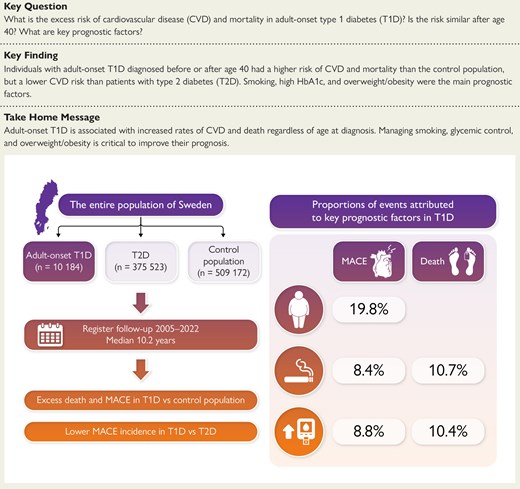2025-05-14 スイス連邦工科大学ローザンヌ校(EPFL)

A visualisation of the molecular jumble present in the amorphous GLP-1R agonist, as determined by NMR spectroscopy. Although it looks random at first sight, the structure allows one to identify the hydrogen-bonding interactions and preferred conformations that stabilise the amorphous form of the drug. Credit: Jacob Holmes (EPFL)
<関連情報>
- https://actu.epfl.ch/news/cracking-the-code-of-amorphous-drugs-for-diabetes-/
- https://pubs.acs.org/doi/10.1021/jacs.5c01925
グルカゴン様ペプチド-1受容体アゴニストの3次元原子レベル構造を解明 Three-Dimensional Atomic-Level Structure of an Amorphous Glucagon-Like Peptide-1 Receptor Agonist
Daria Torodii,Manuel Cordova,Jacob B. Holmes,Pinelopi Moutzouri,Tommaso Casalini,Sten O. Nilsson Lill,Arthur C. Pinon,Christopher S. Knee,Anna Svensk Ankarberg,Okky Dwichandra Putra,Staffan Schantz,and Lyndon Emsley
Journal of the American Chemical Society Published: May 7, 2025
DOI:https://doi.org/10.1021/jacs.5c01925
Abstract
Amorphous formulations are increasingly used in the pharmaceutical industry due to their increased solubility, but their structural characterization at atomic-level resolution remains extremely challenging. Here, we characterize the complete atomic-level structure of an amorphous glucagon-like peptide-1 receptor (GLP-1R) agonist using chemical shift driven NMR crystallography. The structure is determined from measured chemical shift distributions for 17 of the 32 carbon atoms and 16 of the 31 hydrogen atoms in the molecule. The chemical shifts are able to provide a detailed picture of the atomic-level conformations and interactions, and we identify the structural motifs that play a major role in stabilization of the amorphous form. In particular, hydrogen bonding of the carboxylic acid proton is strongly promoted, although no carboxylic acid dimer is formed. Two orientations of the benzodioxole ring are promoted in the NMR structure, corresponding to a significant stabilization mechanism. Our observation that inclusion of water leads to stabilization of the carboxylic acid group might be used as a strategy in future formulations where hydrogen bonding between neighboring molecules may otherwise be hindered by sterics.


